Essential Tips from ASAP Tree Pros Inc.
Protecting your trees and plants from late frost.

As winter transitions into spring, many tree and plant owners eagerly anticipate the arrival of warmer weather and the bloom of new growth. However, late frost events can pose a threat to the safety and health of trees and plants, potentially causing damage to their delicate buds, flowers, and foliage. As professionals, the team at ASAP Tree Pros understands the importance of protecting trees and plants from late frost to ensure their well-being. In this blog post, we will share essential tips on how to safeguard your trees and plants from late frost and minimize potential damage.
-
Be aware of local weather conditions: Stay informed about the weather forecast in your area, especially during the transition from winter to spring when late frost events are more likely to occur. Keep an eye out for frost advisories or warnings, and take precautionary measures accordingly.
-
Choose frost-resistant tree and plant species: When selecting trees and plants for your landscape, choose species that are known to be frost-resistant or hardy in your region. Native species or those adapted to your local climate are usually better equipped to withstand late frost events.
-
Avoid early pruning: Pruning encourages new growth, which can be vulnerable to late frost. Avoid early pruning in late winter or early spring, especially if frost is expected. Instead, wait until after the last frost date in your area before pruning to reduce the risk of damage to new growth.
-
Mulch to insulate the soil: Apply a layer of organic mulch around the base of your trees and plants to help insulate the soil and protect their roots from frost. Mulch acts as a natural barrier, retaining moisture and providing insulation, which can help prevent damage caused by freezing temperatures.
-
Cover with blankets or cloths: If frost is expected overnight, cover your trees and plants with blankets or cloths to protect them from frost damage. Avoid using plastic coverings, as they can trap moisture and increase the risk of damage. Remember to remove the coverings during the day to allow sunlight and air circulation.
-
Water properly: Adequate watering can help protect trees and plants from frost damage. Well-hydrated trees and plants are more resilient to cold temperatures. Water your trees and plants deeply but avoid overwatering, as excess moisture can increase the risk of frost damage.
-
Prune frost-damaged growth: If your trees or plants do experience frost damage, resist the urge to remove the damaged growth immediately. Prune only the affected areas once the threat of frost has passed and the new growth has had a chance to establish. This will help prevent further damage and promote healthy regrowth.
-
Seek professional help: If you're unsure about how to protect your trees and plants from late frost or how to address frost damage, it's best to seek professional help from a certified arborist. An arborist can provide expert advice and guidance on how to safeguard your trees and plants and nurse them back to health if they have been damaged by frost.
At ASAP Tree Pros, we understand the importance of tree and plant health and safety. Our team of experienced arborists can provide comprehensive tree care services, including frost protection measures, pruning, and recovery from frost damage. Contact us today for professional assistance in safeguarding your trees and plants from late frost and ensuring their well-being throughout the changing seasons.
In conclusion, late frost events can pose a risk to the safety and health of trees and plants, but with proper precautions and care, you can minimize the potential damage. Being aware of local weather conditions, choosing frost-resistant species, avoiding early pruning, mulching, covering, proper watering, pruning frost-damaged growth, and seeking professional help when needed are all essential steps in protecting your plant and tree material.
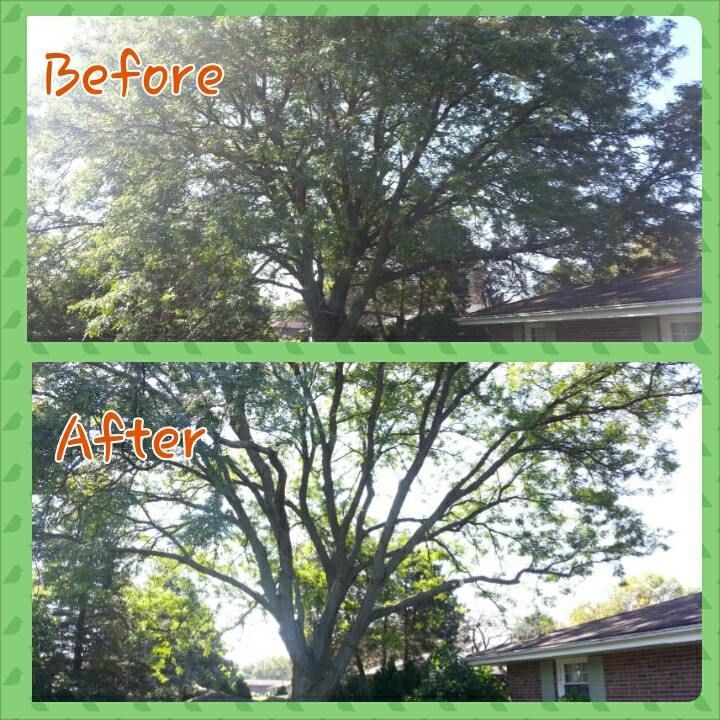
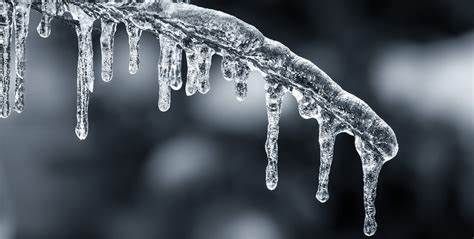
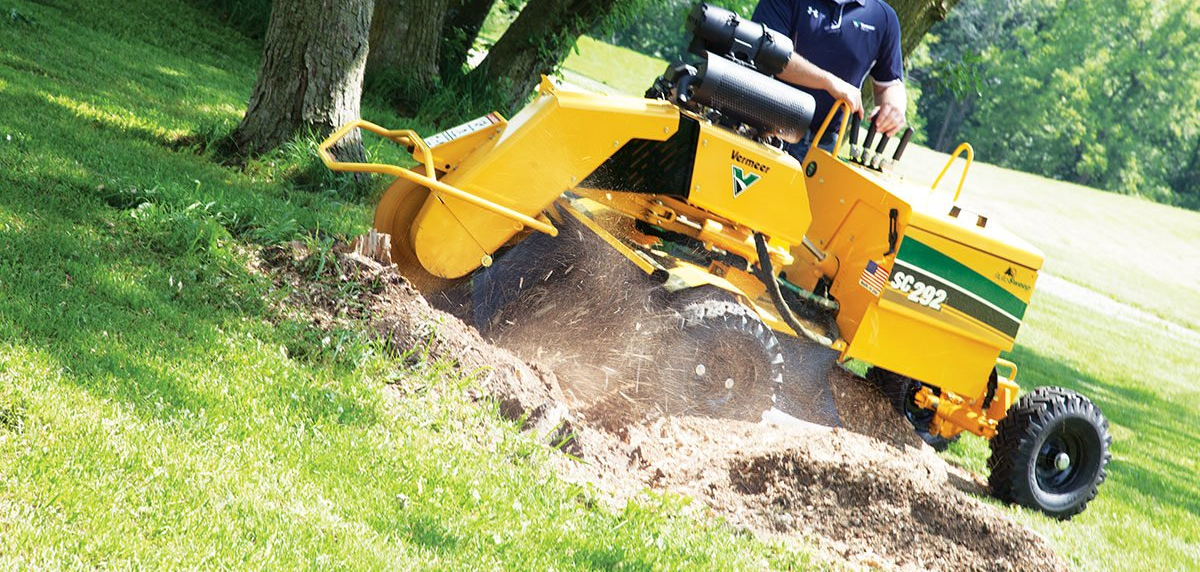


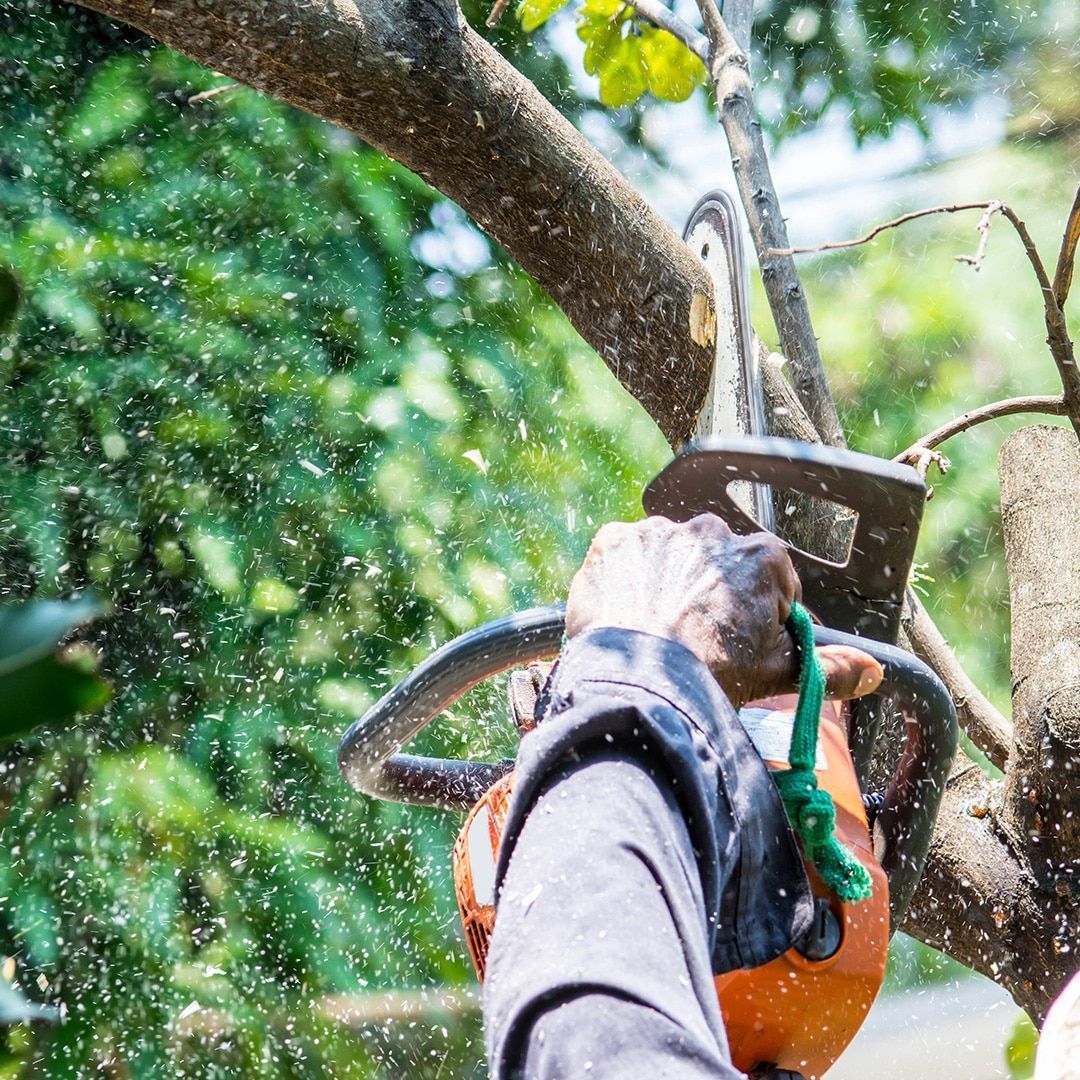
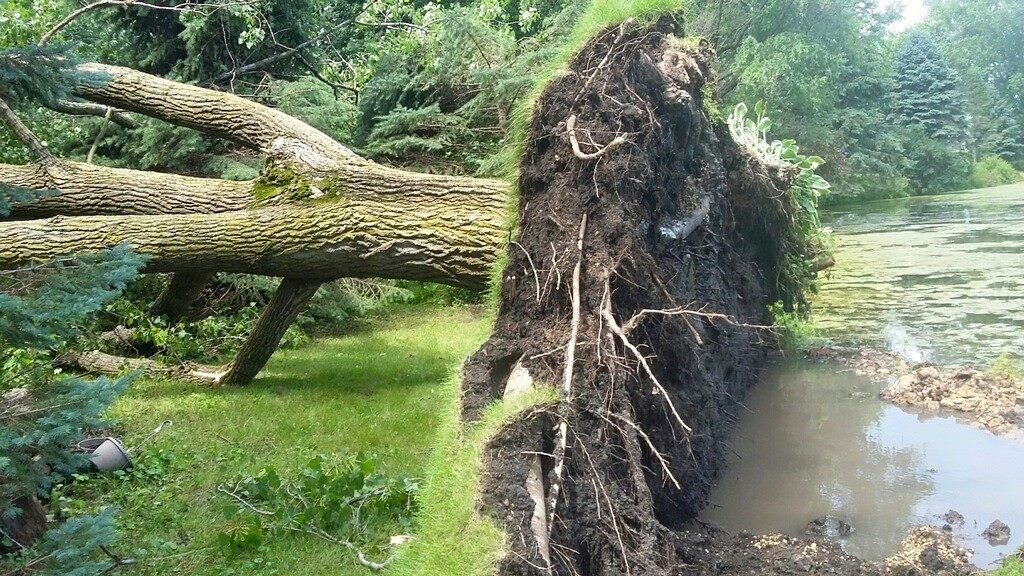
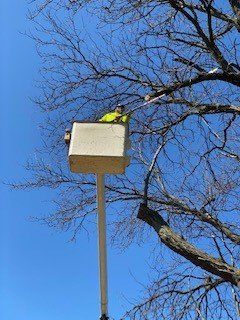
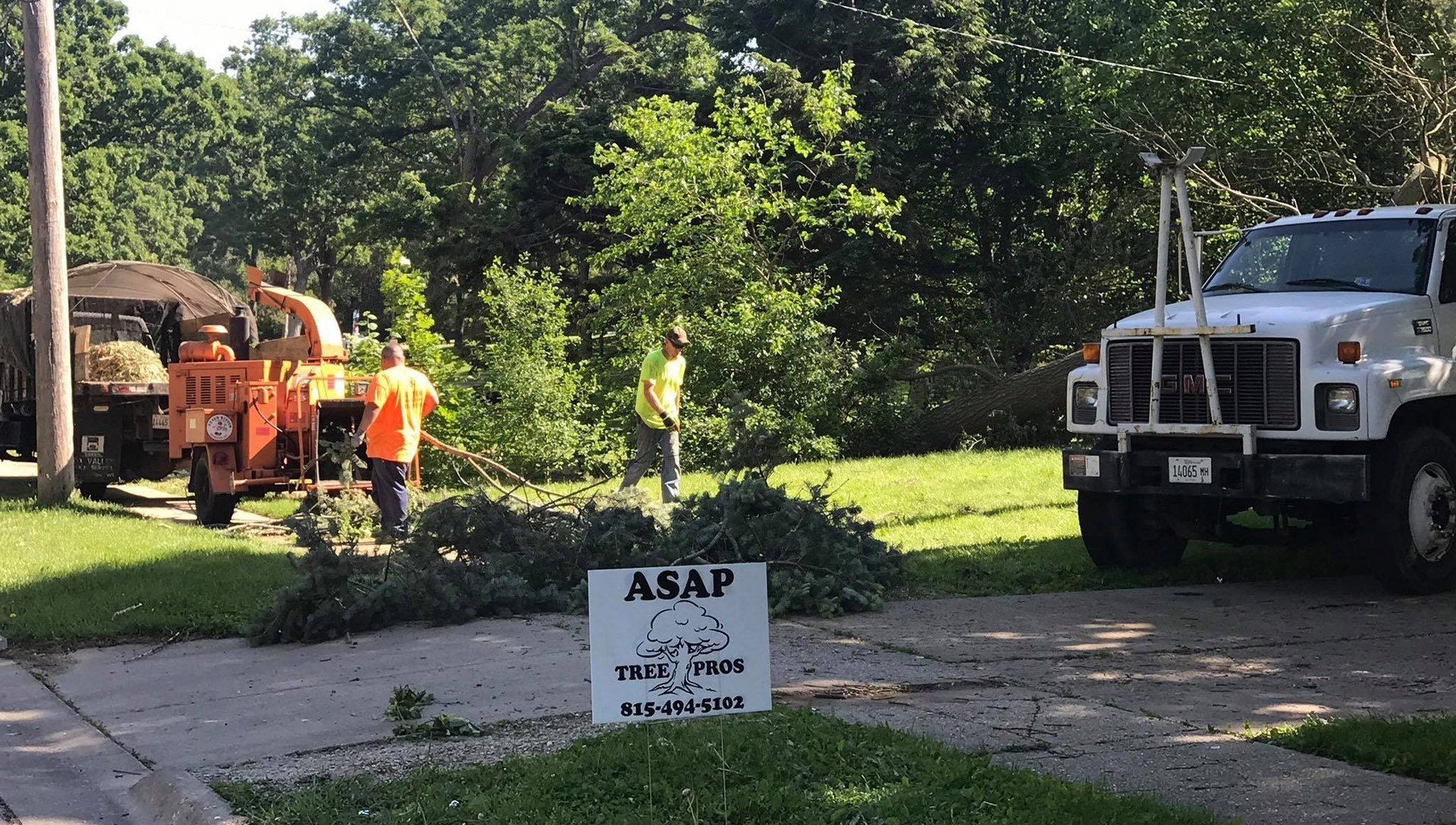
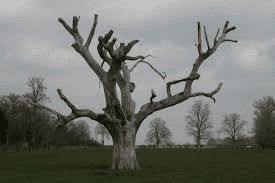
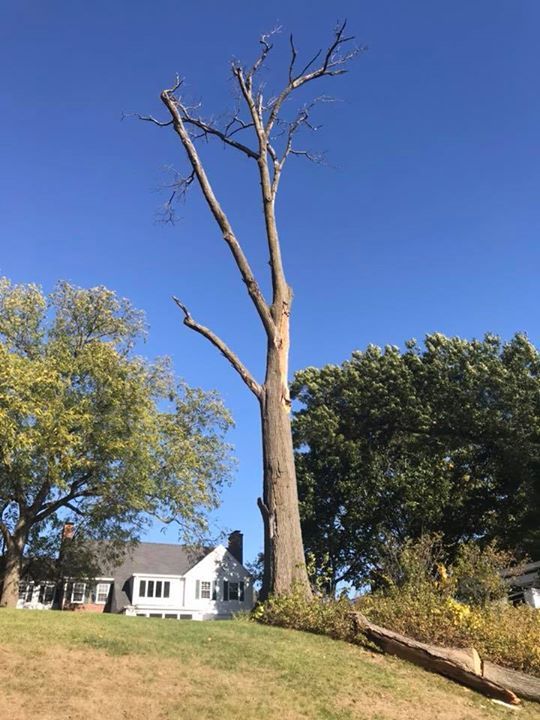
Share On: